- Cancer Care Team
Cancer Care Team
To deliver optimal patient outcomesProducts and Services
Cancer Type
Supplies & Tools
Scientific Focus
- Biopharma Partners
- Patients
- Education & Events
- Login
- Contact Us
A549 – A model for non-small cell lung cancer
May 1, 2016
Author: Maryland Franklin, PhD Vice President, Scientific Development
Date: May 2016
Lung cancer is the leading cause of cancer-related deaths in the world with non-small cell lung cancer (NSCLC) making up about 85% of all lung cancer cases. With the identification of particular tyrosine kinase mutations, such as EGFR and ALK, targeted therapies shifted the paradigm of drug discovery for NSCLC. However, emergence of drug resistance leaves the biotech and pharma industry still under considerable pressure to develop new therapeutic approaches for this disease.
Today a large number of human non-small cell lung cancer cell lines exist that are being used for both basic research and drug discovery. One commonly used line is A549, an epithelial carcinoma derived from a 58 year old male patient, known to be KRAS mutant and EGFR wild type.
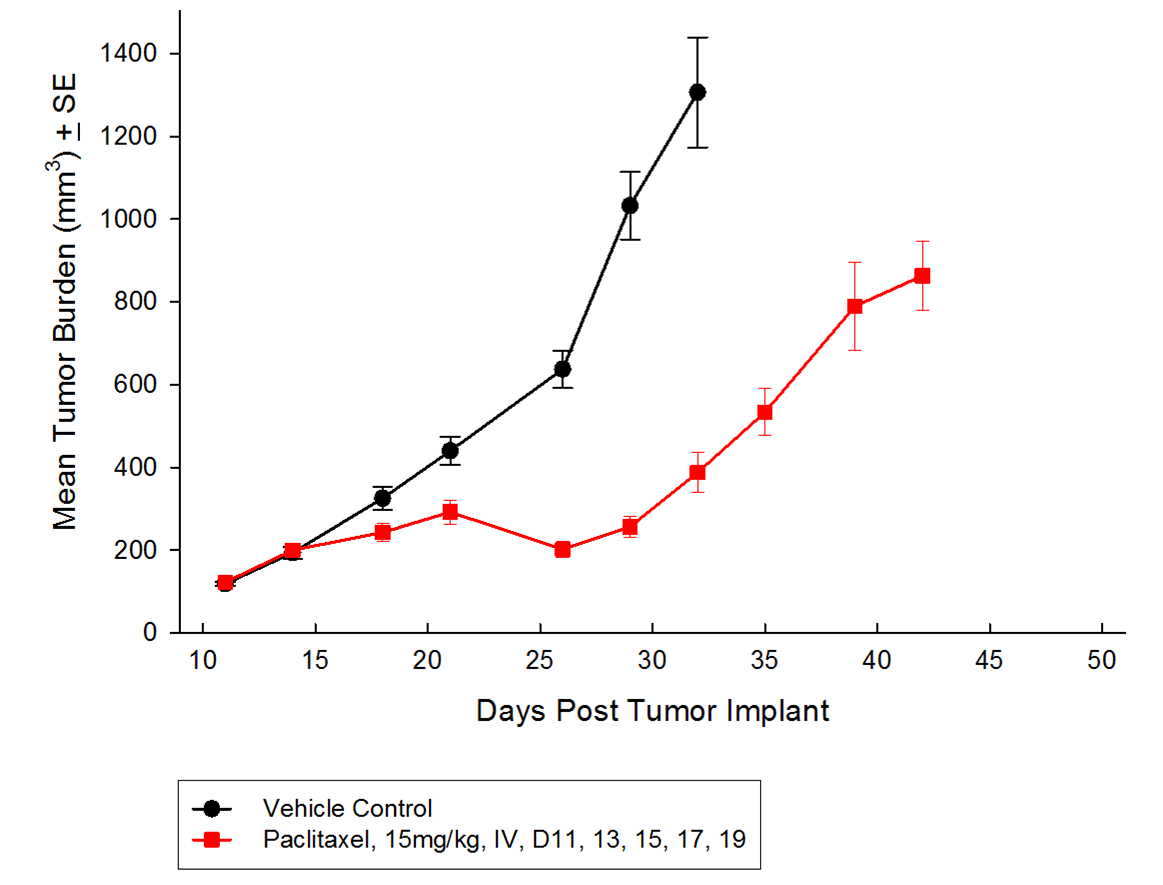
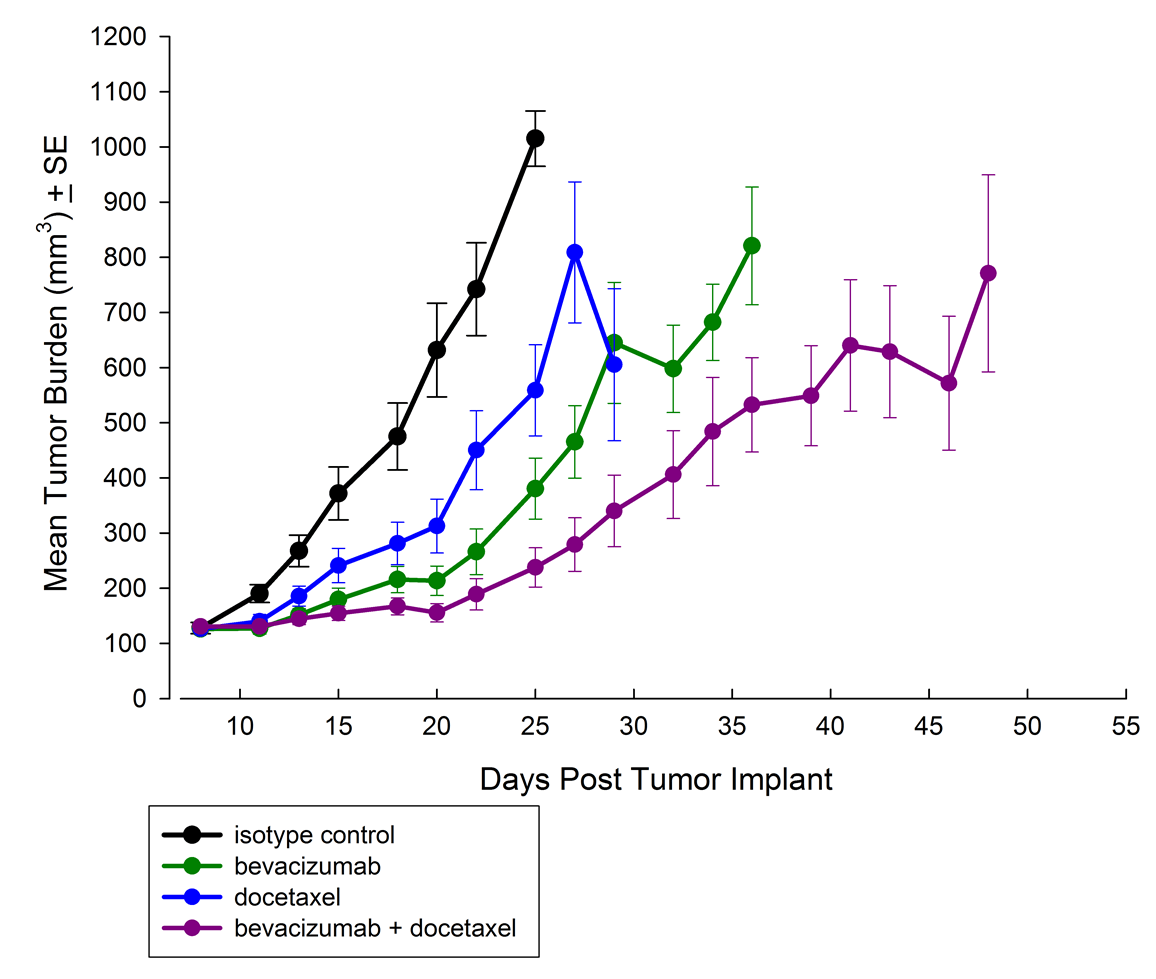
Fig. 1: Anti-tumor Effects of Paclitaxel on SC A549 NSCLC Tumors
Fig. 2: Anti-tumor Effects of Docetaxel, Bevacizumab or the Combination on SC A549 NSCLC Tumors
At Labcorp we have been using A549 as a model of NSCLC for more than 10 years. We have run numerous studies in the subcutaneous setting with a number of standard agents. Above are some examples of response to paclitaxel (Figure 1) and docetaxel, bevacizumab and the combination (Figure 2). In addition, we have a luciferase-enabled version of A549 that allows us to monitor and quantitate in vivo growth and treatment response, longitudinally, following orthotopic implantation directly into the lung (see below in Figures 3 and 4).
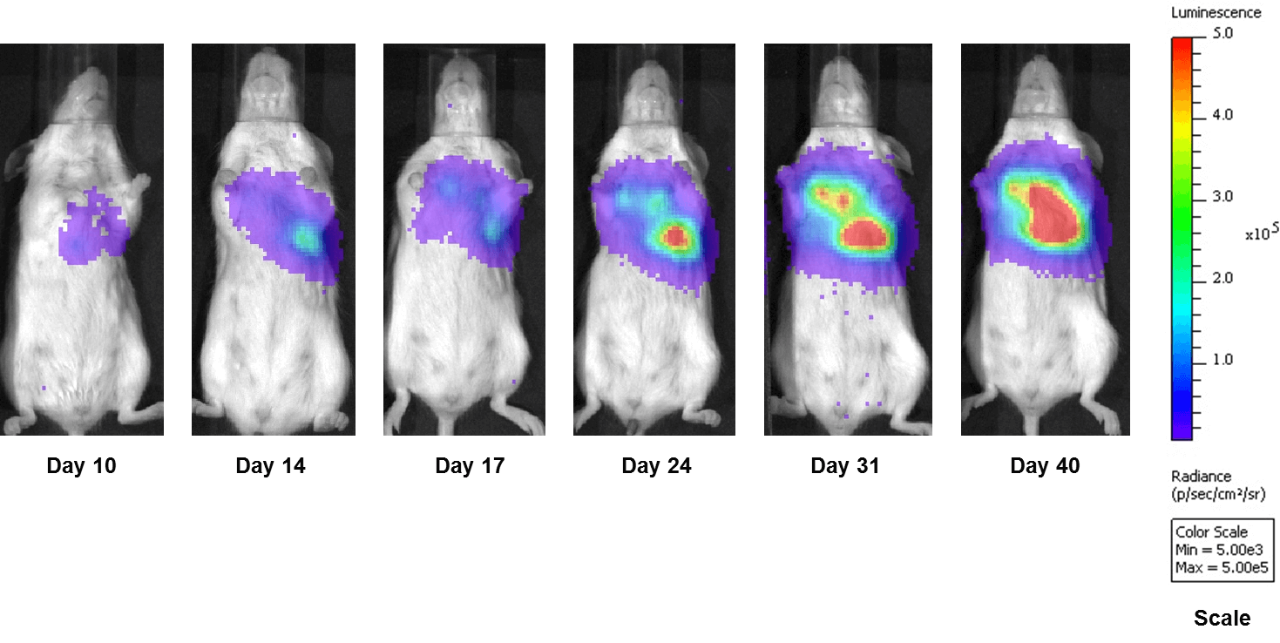
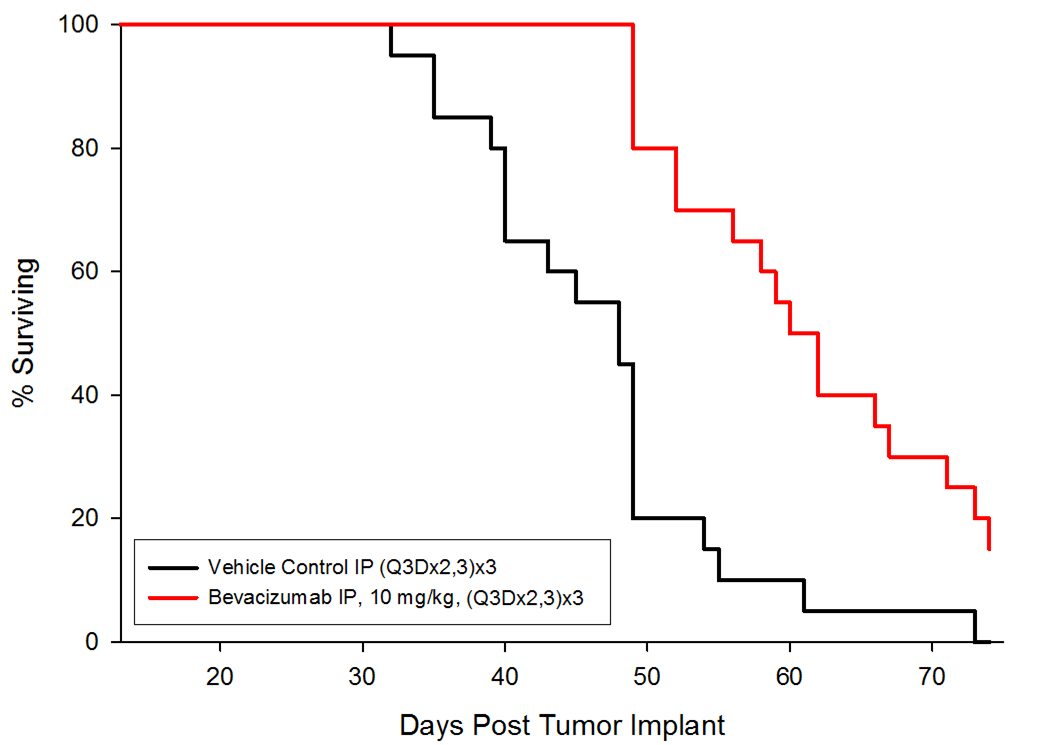
Fig. 3: Bioluminescence Imaging of Orthotopic A549-luc Cells Implanted Directly Into the Lung
Fig. 4: Overall Survival Following Treatment of Orthotopic A549-luc Implanted Mice with Bevacizumab
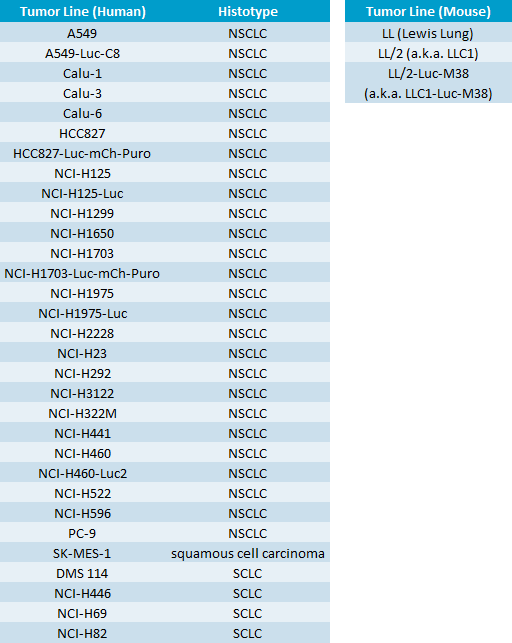
Table 1: Lung Cancer Cell Lines
See our A549 growth curve:
Labcorp has multiple lung cancer cell lines available for use (Table 1). Please contact us to run your next lung cancer study.


